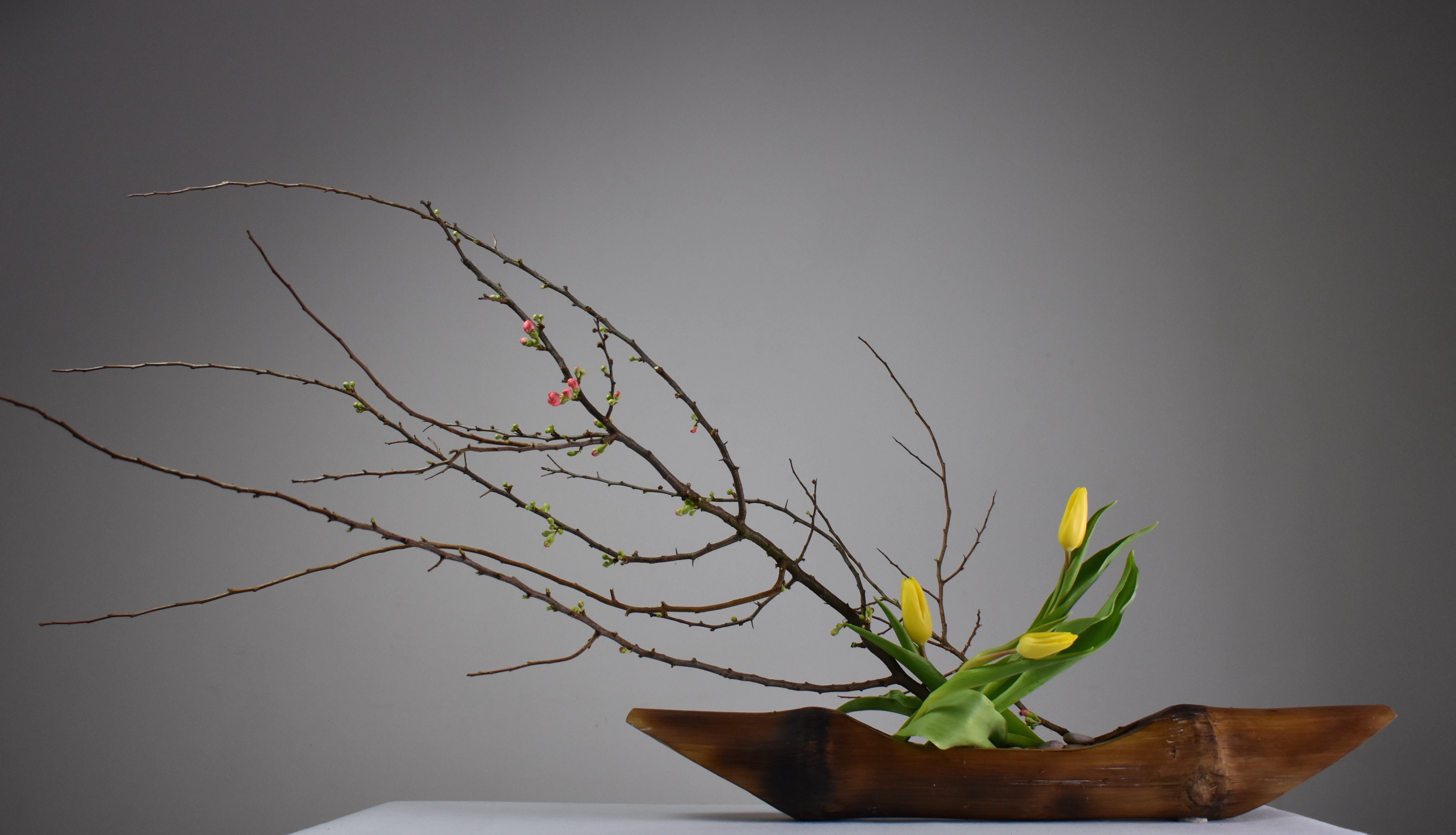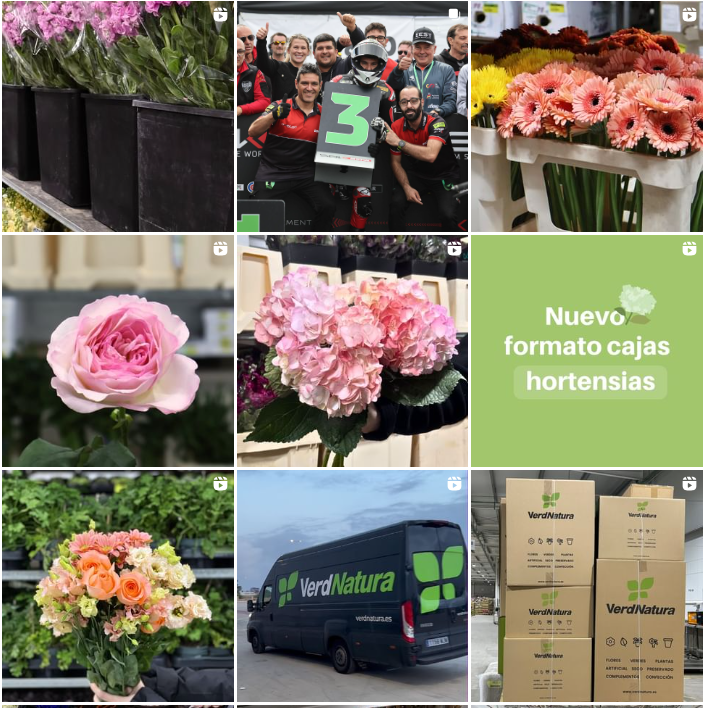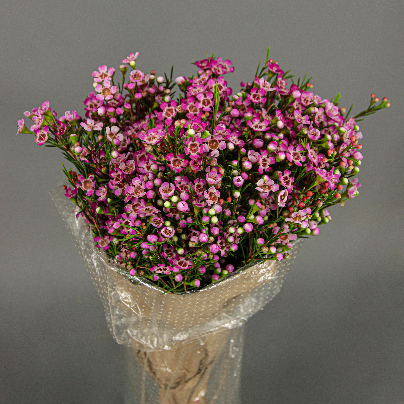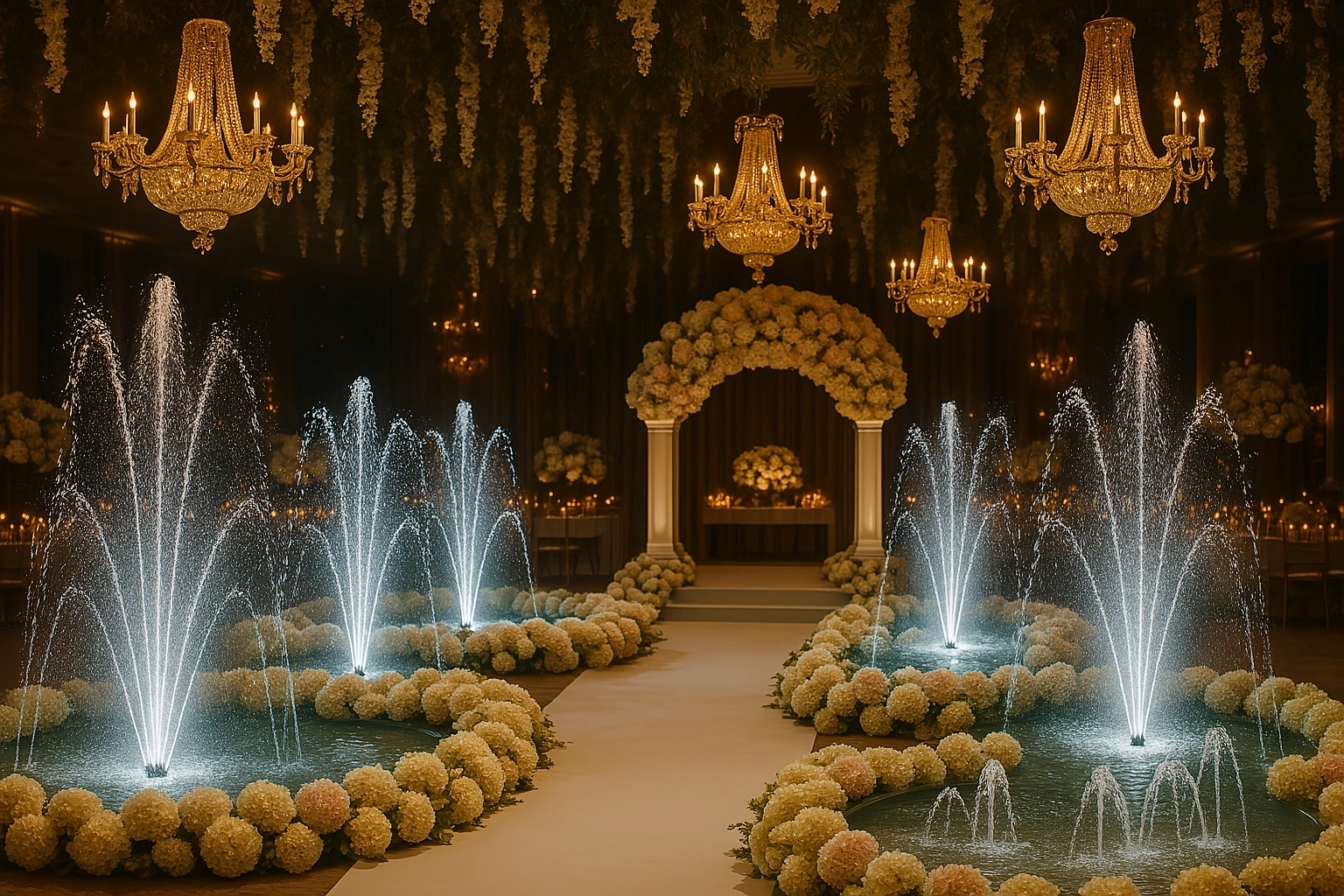Ikebana – The Japanese art of turning flowers into poetry + resources for beginners
Ikebana transcends the simple act of arranging flowers: it is a silent dialogue with nature and a mirror to contemplate our essence. It is said that Ikebana reveals the harmony between the ephemeral and the eternal. This ancient art, rooted in Buddhist philosophy and wabi-sabi aesthetics, challenges us to see beauty in imperfection and to find peace in the act of creation itself.
More than just flower arranging, ikebana is an artistic and spiritual discipline that combines aesthetics, meditation and philosophy. In this article you will discover not only its history and techniques, but also how ikebana can become a tool for self-knowledge.
Origins and history of Ikebana
Ikebana has its roots in the floral offerings made in Buddhist temples, where the flowers not only adorned the altar but were an act of reverence and gratitude. These early offerings marked the beginning of what would become a refined art.
It was born in the Heian period (794-1185) and flourished as a distinctive art during the Muromachi period (1336-1573). During this period, both the nobility and the samurai adopted ikebana as a form of artistic expression and a means of cultivating discipline and meditation. Over the centuries, Ikebana masters left their mark, establishing principles that would become the basis for the classical schools.
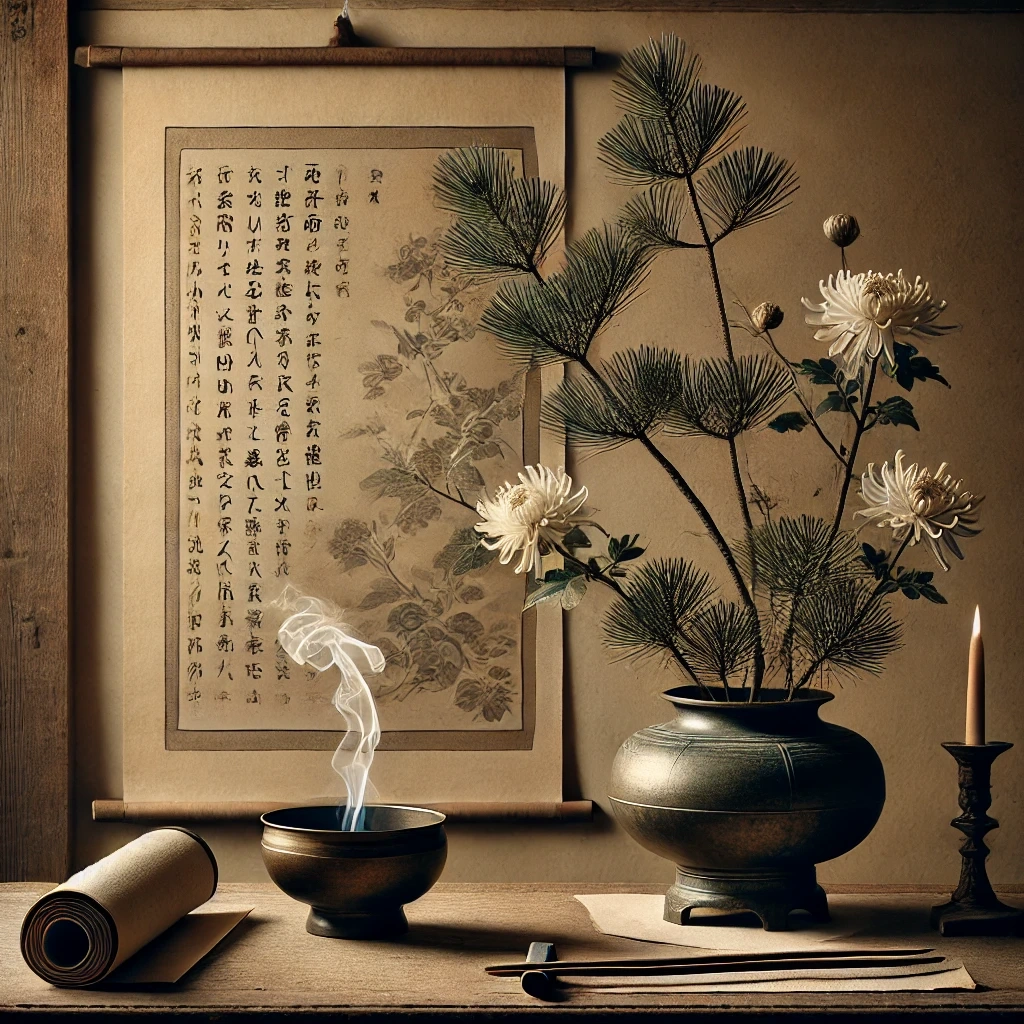
Philosophy and meaning behind Ikebana
At the heart of Ikebana there is a deep connection with nature. Each arrangement reflects the passing of the seasons, the balance between the full and the empty, the blooming and the withering. It is a visual reminder that beauty lies not in perfection, but in the harmonious relationship between the elements.
Ikebana embraces the Japanese principle of ‘less is more’. A simple cherry branch or a single flower can say more than an elaborate arrangement. This minimalism, influenced by the wabi-sabi aesthetic, celebrates imperfection, impermanence and the beauty of empty space.
There is also a meditative and spiritual component to the practice of Ikebana. As the branches are selected, the flowers cut and the composition adjusted, the practitioner enters a state of total concentration. The process not only produces a visually beautiful result, but also cultivates patience, serenity and inner balance.
Major Ikebana Schools
Throughout history, different schools of ikebana have developed unique styles and distinctive approaches.
Escuela School: Considered the oldest…
- The oldest school of Ikebana, founded in the 15th century by the Buddhist monk Senkei Ikenobo.
- It is characterised by its formal and meticulous aesthetic principles.
- Its compositions reflect an idealised balance between heaven, earth and humanity.
Ohara School:
- Founded in the late 19th century by Unshin Ohara.
- It is characterised by an emphasis on naturalness and compositions that evoke landscapes.
- It seeks to capture the essence of a garden or natural environment.
Sōgetsu School:
- Founded by Sofu Teshigahara in 1927.
- It represents the more modern and experimental side of Ikebana.
- It uses non-traditional materials such as metal, glass and plastic.
Other Schools – In addition to those mentioned above, there are several regional schools and variations that enrich the ikebana scene, each with its own unique approach and particular way of interpreting the tradition. Some of these are listed below:
- Rikka School
- Seika School
- Nageire School
- Moribana School
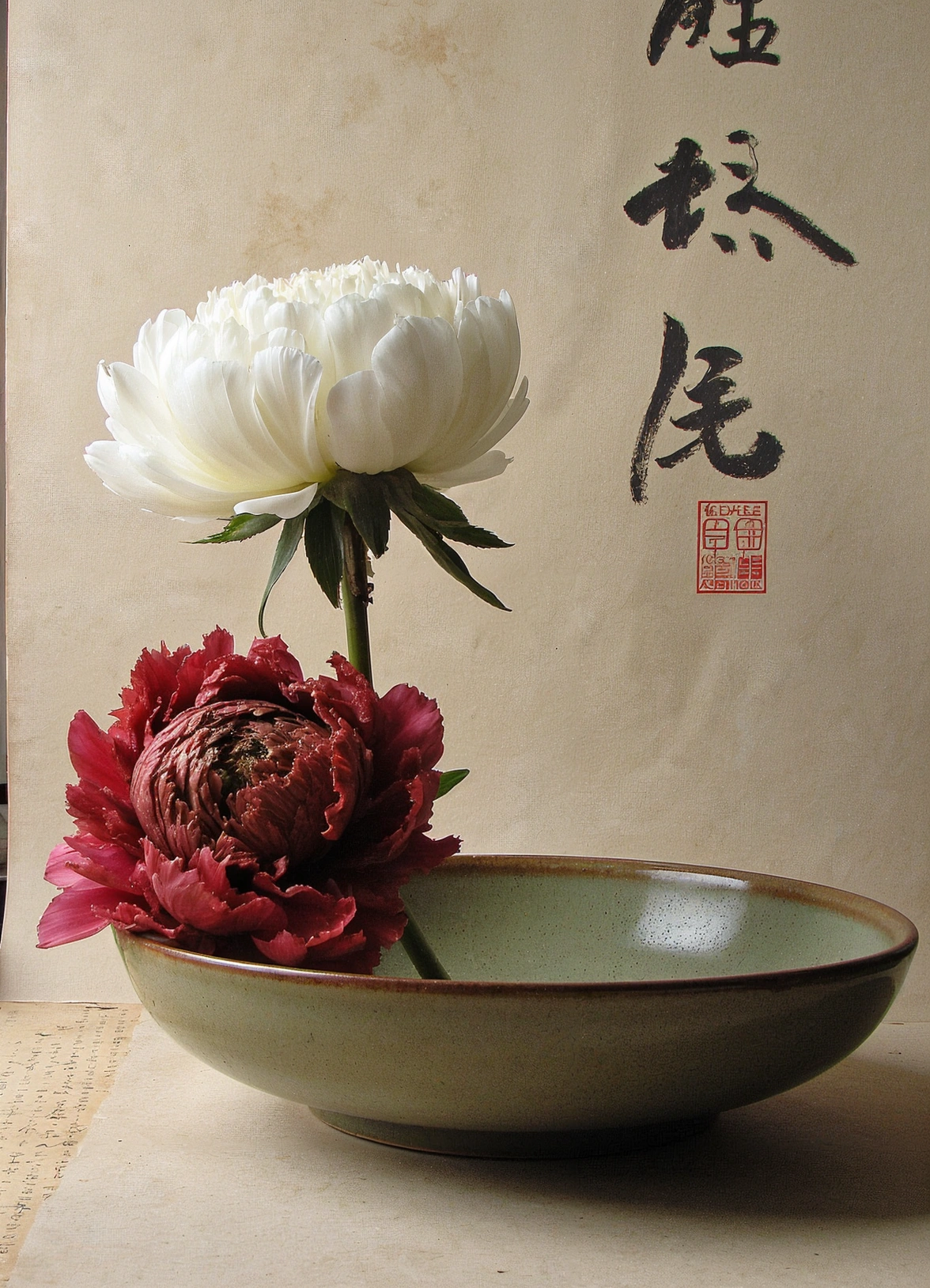
Types and styles of ikebana
In Ikebana, compositional styles have evolved to suit different contexts and aesthetic preferences.
- Rikka (立花): This style is the most formal and elaborate, with vertical structures representing an idealised view of nature.
- Shōka (生花): Known for its simplicity, this style uses three main elements: heaven (shin), man (soe) and earth (tai), symbolising universal harmony.
- Nageire (投入): This is a freer and more spontaneous style, ideal for tall vases, where the flowers seem to be placed naturally, almost carelessly, but with an innate elegance.
- Moribana (盛花): Using a kenzan (a spiked base), this style allows arrangements in low vases, giving great compositional flexibility and a more open appearance.
- Contemporary Styles: Modern styles incorporate non-traditional materials, experiment with forms and concepts, and push the boundaries of what can be considered Ikebana.
Essential materials and tools
Ikebana requires certain basic elements which, if well chosen, will ensure a successful practice.
- Flowers, branches and foliagee: Seasonality is crucial. Each brings meaning, texture and colour to the arrangement.
- Basic tools: Ikebana scissors (hasami) are essential for precise cutting. The kenzan, a spiked base, holds the branches in place. Containers can range from small bowls to large vases.
- Care and maintenance: Cutting the stems diagonally, changing the water regularly and cleaning the kenzan will ensure the longevity of the flowers and the success of the arrangement.
If you are a professional florist, you can find everything you need at verdnatura.es
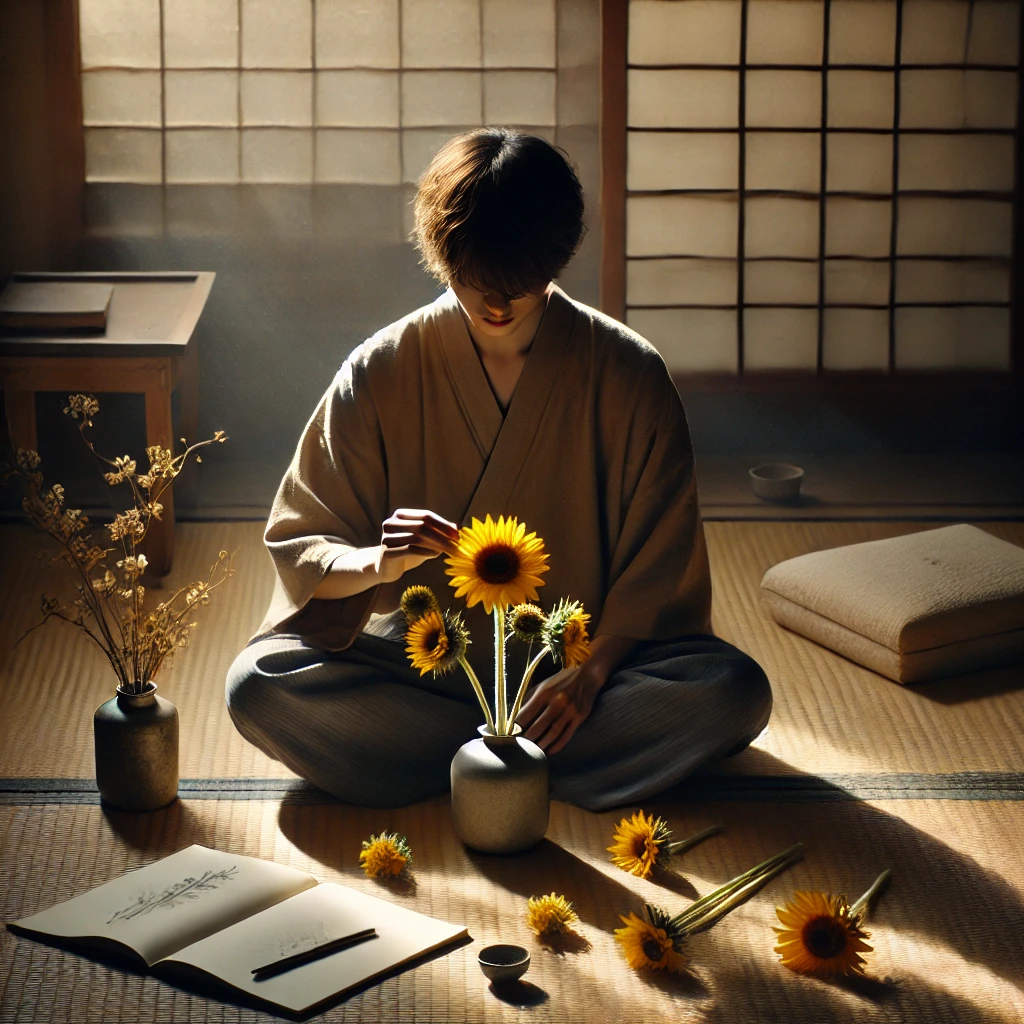
Getting started with Ikebana: practical tips
For beginners, the path of Ikebana can seem challenging, but with a few simple steps it is possible to begin exploring this art.
- Choose a starting school or style: Identifying a style that resonates with your personality and finding local workshops or classes will make learning easier.
- Basic steps to practice at home: Start with a simple container, a kenzan and seasonal flowers. Observe the natural shapes of the branches and place them carefully, seeking visual balance.
- Meditation and patience: Ikebana is not only about the result, but also about the process. Take the time to adjust each element and create a calm environment for full concentration.
Soon we will publish a testimonial article in which the teacher of the Sōgetsu school, Leslie Weinstein, tells us about her journey and experiences in this millennia-old floral art.
Current trends in Ikebana
Ikebana is constantly evolving and its current applications show its incredible adaptability.
- Collaboration with other disciplines: Today, Ikebana appears in fashion shows, art exhibitions and interior design, and is integrated into a global context.
- Sustainable floral art: Sustainability is becoming a trend, with an emphasis on the use of local flowers, recycled materials and a more environmentally friendly approach. This spirit fits perfectly with the philosophy of Ikebana, which has always valued nature and its preservation.
The Way of the Flowers
Throughout this journey we have explored the history, philosophy, styles and essential tools of Ikebana. This ancient art teaches us to find beauty in simplicity, to appreciate the passage of time and to cultivate a state of inner harmony.
If you have never tried Ikebana, now is the ideal time to give it a try. Find a workshop, start with a simple arrangement at home or share your creations on social media. Allow this practice to change the way you see nature and art. What flowers will you choose for your first ikebana? What inspiration will you find in their shapes and voids?
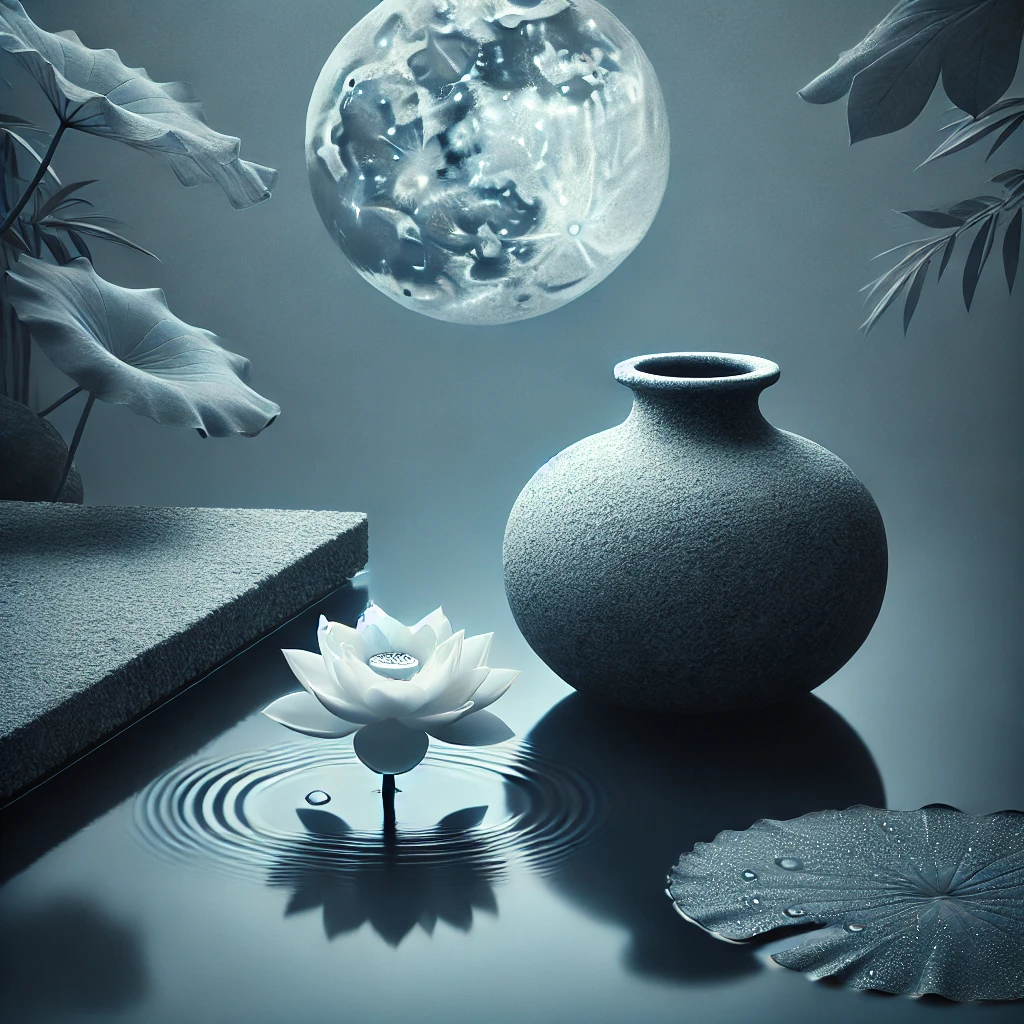
Additional Resources
To learn more about Ikebana, here are some recommendations:
- Recommended Books: ‘Ikebana: The Art of Arranging Flowers’ by Shozo Sato offers a comprehensive guide for beginners and experts, while ‘The Japanese Art of Flower Arranging’ by Norman Sparnon offers a more technical approach….
- Workshops:Like Leslie Weinstein’s workshop in Madrid on 20 and 21 February 2025.
